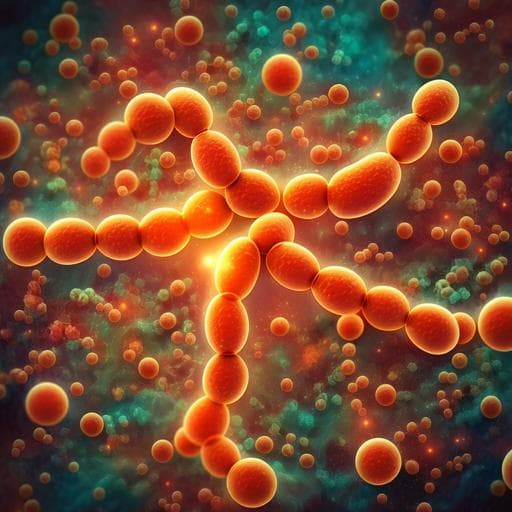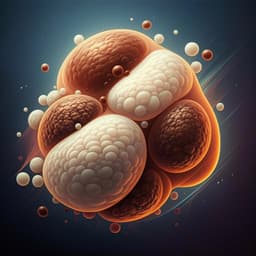
Food Science and Technology
Complete and efficient conversion of plant cell wall hemicellulose into high-value bioproducts by engineered yeast
L. Sun, J. W. Lee, et al.
In a groundbreaking study by Liang Sun and colleagues, researchers uncovered how acetate—a known fermentation inhibitor—can be co-consumed with xylose by engineered *Saccharomyces cerevisiae*. This innovative approach transforms a disruptor into a usable substrate, significantly enhancing the synthesis of valuable bioproducts like triacetic acid lactone and vitamin A from lignocellulosic biomass.
~3 min • Beginner • English
Related Publications
Explore these studies to deepen your understanding of the subject.







